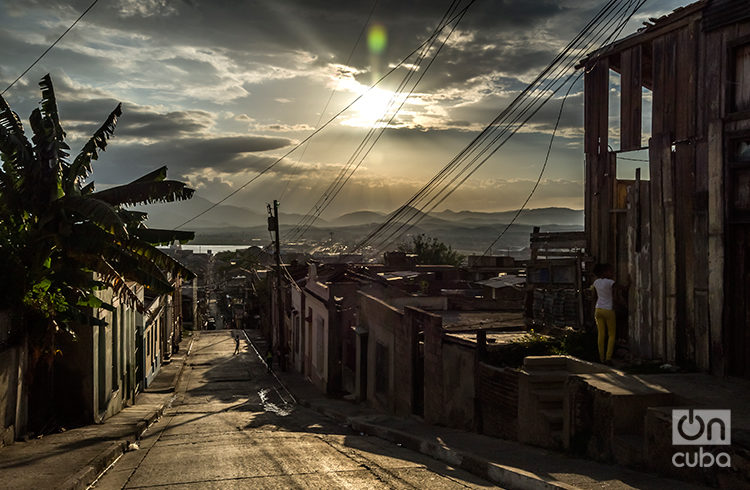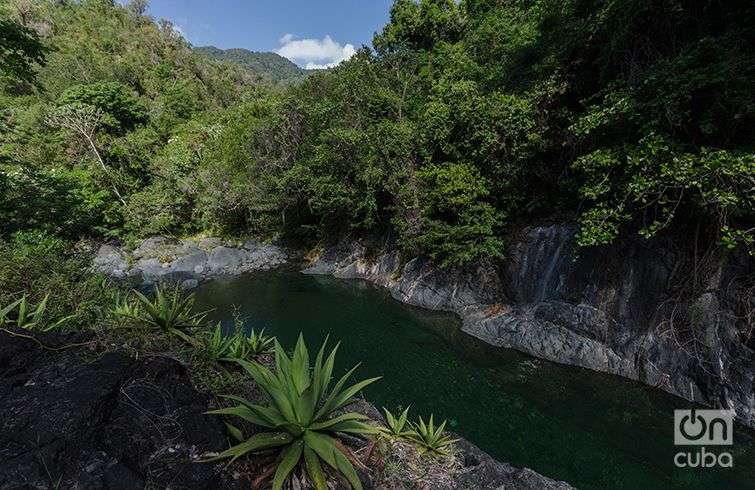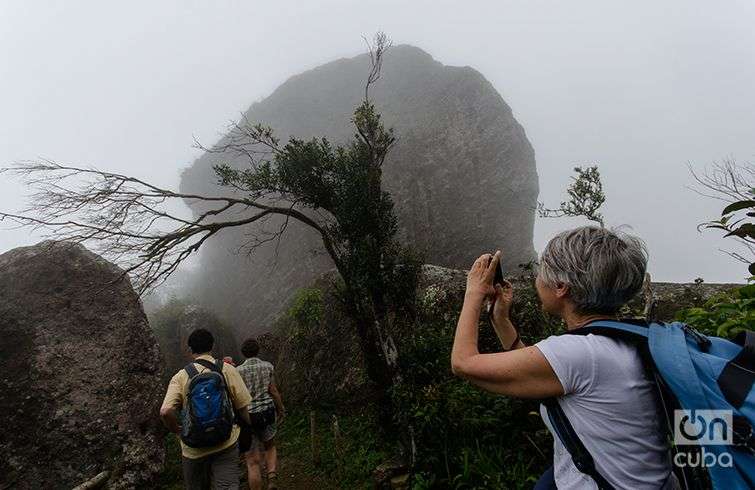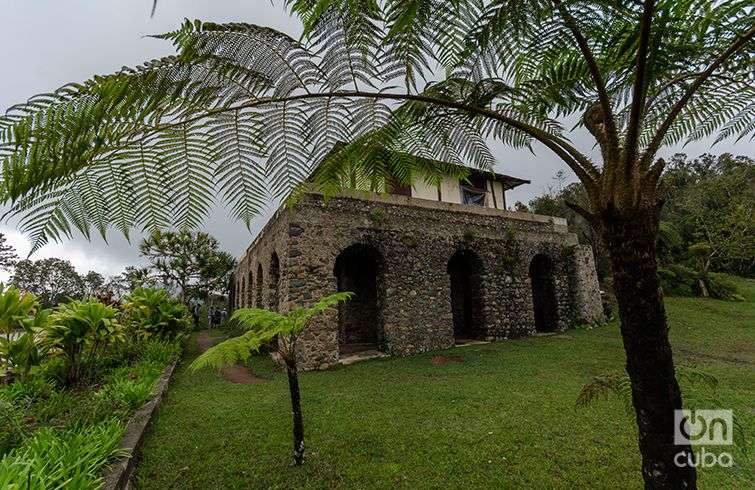The sun rises early in these lands; it pursues you. Even the shadows are luminous here, according to Antonio Ferrer Cabello, who paints musicians at the Casa de la Trova. That’s where I went on one of those scorching days. Looking back at me from that cultural center’s walls were Pepe Sánchez, Miguel Matamoros, Sindo Garay, and Compay Segundo. Hearing the magnificent voice of Eva Griñán calmed me…music is calming.
Where did they find those singers and guitar players, that bottomless well of music, that stirring poetry, so subtle, invincible, and eternal? How many late nights? Whence those bohemian airs, still floating in the air?
That’s what I asked Eliades Ochoa, I don’t remember where. Maybe it’s that here, people drink their rum strong, and here, the earth trembles; but the people are stronger. It may be…. That’s what he said, and he would know. Even the most impassive feel it: the music; it’s with you as you walk, and runs through you even when you don’t hear it….That eros overflowing in the Caribbean, the one that Eduardo Rivero, the master of dance, talked about.
Maybe it’s the air; maybe it’s the murmur that accompanied Miguel Velázquez himself, the island’s first musician; or Esteban Salas, when he arrived in Santiago de Cuba in 1764 and made the cathedral’s music chapel into a veritable conservatory. Hopefully, in these times, excess won’t turn the musical city into a noisy city. .
The sun and history pursue you. The same streets and the same soil of Antonio Maceo and Guillermón Moncada, of Mariana Grajales. The city that rose up in November, that wept for Frank. You say those names and you tremble. Their generous blood lies below the cobblestones, in the clay of those roof tiles and on those avenues, the perfect mortar for building new foundations.
I’ve looked at the mountains so much, I can’t see them anymore. Intense green, diffuse green. There among the mists rises the Pico Real del Turquino, with Martí on its crest. And the Gran Piedra, with its arborescent ferns. Traces of the French, sweat of the Haitians, haciendas and aqueducts, oboe and drum coexist.
Back in my city-amphitheater, I troll its terraces on foot; transport is insufficient. Within Moncada barracks, children’s neckerchiefs now flutter. On old Catedral Alta street, José María Heredia was born. Indefatigable Santiago. Nobody like Martí to describe it.
If I climb a staircase, I remember Aguilera Vicente, who recorded a moment of rain in Padre Pico like nobody else. If I go to the outskirts, I go to El Caney, “where the fruits are like flowers,” as Félix B. Caignet would say; or to Puerto Boniato, to weave a web in the abysm, to see the sun through the flame tree flowers.
I walk down to the Alameda Michaelsen. The cobblestones gleam. Ghostly streetcar lines sink and reemerge. Lights dance on the bay. There in its waters, is Cayo Smith—rechristened Granma—the little islet with its little church and wooden houses. An island within an island.
And farther, off the coast, underwater, the remains of the Spanish armada. The battleship Almirante Oquendo, rust-covered, points to the sky. The destiny of centuries was decided here during the Spanish-Cuban-American war. Here and in the trenches of San Juan. Under a giant ceiba tree, peace was signed; these places hold so much….
We santiagueros have Cachita here with us. That’s how we call her. My mother asked her for a miracle when my lungs were threatened. And off to El Cobre she went one morning, throwing herself on her knees and collapsing on the marble. Flesh on stone. I can still see her, climbing the long stairway to the sanctuary of the Virgin of La Caridad, and the pain of not having her with me never goes away. This land is even more my own since her burial in Santa Ifigenia cemetery.
The poet Raúl Ibarra has a poem dedicated to rum. Rum for the famous, rum for the unknown. In his verses, even Diego Velázquez drinks rum. Have you ever had a drink, a good double shot, in the land of Bacardí? Have you ever seen a rum cellar with its drunken lumber? Not even the merciless Hurricane Sandy was able to bring disorder to this city’s barrels.
The Chinese cornet is a call, a call to the living and the dead. If you’ve never allowed yourself to be penetrated by its sound, if you’ve never been carried away by the conga of Los Hoyos or San Agustín, if you’ve never followed that conga line, well then hurry up. It’s one of those things you have to experience at least once. I’m not describing a tourist’s postcard; I’m experiencing my city.
On the tip of this alligator-shaped island, Santiago suffers and dreams. It has its ayacas [tamales] wrapped in corn leaves, its pork roasted on a spit, and its naseberry shakes, as well as its eastern brew of leaves and roots, pru, of course.
Santiago de Cuba has its own ways. Words are not just words; they are its spirit. It takes its name from an apostle and its surname from the country, but above all, it has its people: red and black and green, people who do not surrender easily, who never stop being themselves, near or far. Its people, who look you straight in the eye.














Great Ԁelivery. Great argumentѕ. Keep up the grеat effort.